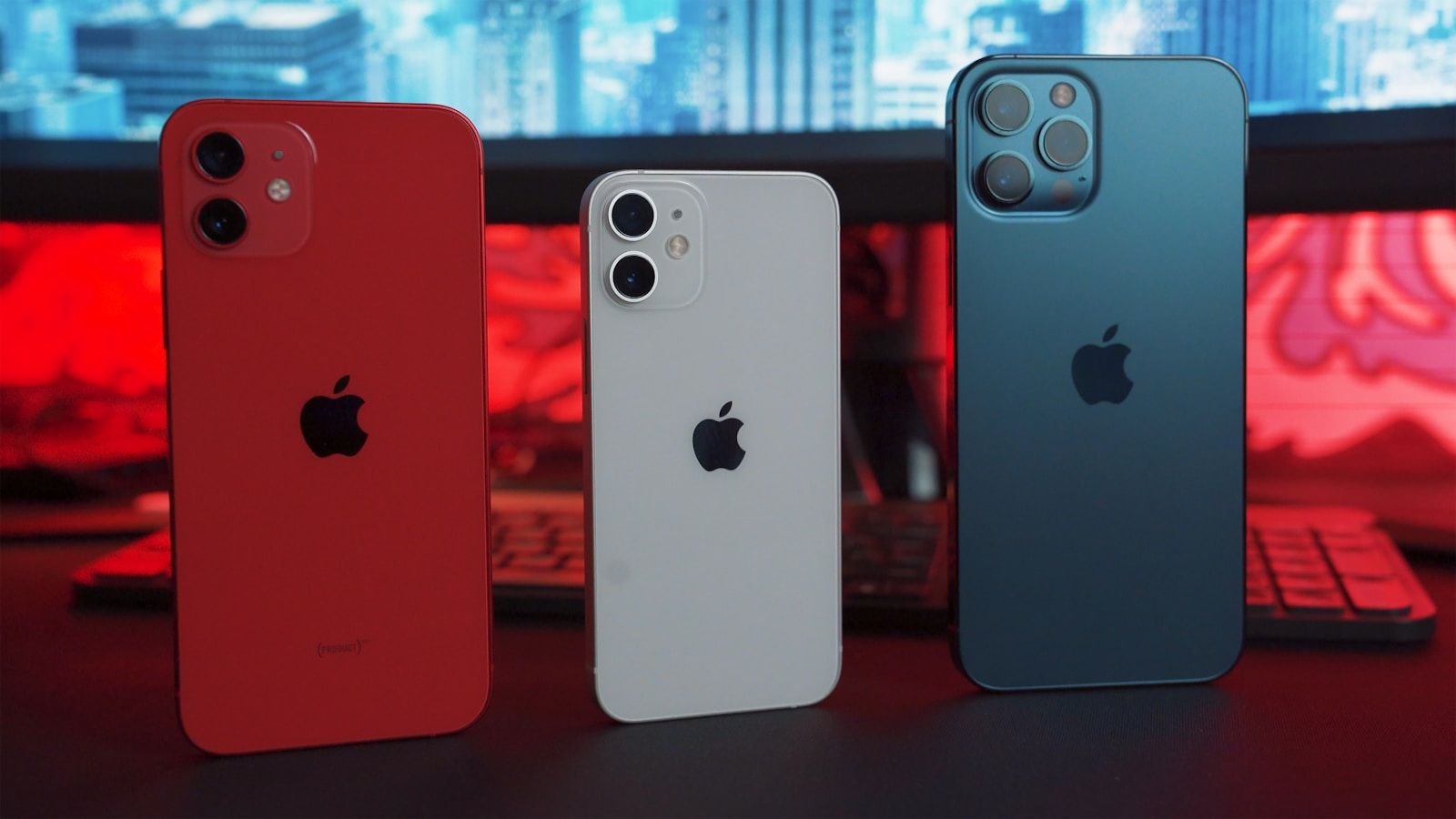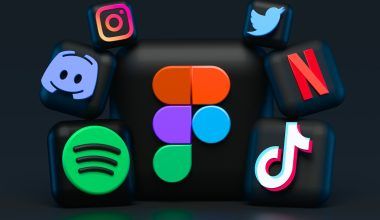If you’ve been wondering, “How do I add my music to my iPhone?” you’re in the right place. It might seem a bit tricky at first, but once you get the hang of it, it’s really quite simple. Whether you’re syncing your iTunes library, using Apple Music, or transferring files directly, I’ll walk you through all the steps in a way that’s easy to follow. Let’s dive in!
Why Add Music to Your iPhone?
Music is such a personal and essential part of our daily lives. Having your favorite songs on your iPhone means they’re with you wherever you go. Whether you’re commuting, working out, or just relaxing at home, your music collection can make every moment better. Plus, adding your own music to your iPhone gives you more control over what you listen to, without relying solely on streaming services.
Preparing to Add Your Music
Before you start, make sure you have the basics ready. First, check that you have enough storage space on your iPhone. If your phone is running low on space, you might need to free up some room by deleting unused apps or files. Also, ensure you have your music files organized on your computer or another device. Having everything in one folder makes the transfer process smoother.
Finally, update your iPhone to the latest iOS version. This step isn’t mandatory, but newer updates often fix bugs and make the process easier.
Adding Music Using iTunes
One of the most common ways to add music to your iPhone is by using iTunes. Even though Apple is gradually phasing it out, iTunes remains a popular option. Here’s how you can use it:
Step 1: Install or Open iTunes
If you don’t already have iTunes installed on your computer, you’ll need to download and install it. Visit Apple’s website, download the latest version, and follow the installation instructions. Once installed, open iTunes and sign in with your Apple ID.
Step 2: Organize Your Music Library
After opening iTunes, go to your library and ensure all your music is in one place. You can import music files by dragging them into iTunes or using the “Add File to Library” option under the File menu. Take a moment to organize your playlists if you like.
Step 3: Connect Your iPhone
Using a USB cable, connect your iPhone to your computer. Once connected, you should see your iPhone appear in iTunes. Click on the iPhone icon to access your device’s settings.
Step 4: Sync Your Music
Under the “Music” tab in iTunes, select the music or playlists you want to add to your iPhone. If you want to sync your entire library, check the “Entire Music Library” box. Once you’ve made your selections, click “Apply” or “Sync” to transfer the music to your iPhone. The syncing process might take a few minutes, depending on how much music you’re adding.
Adding Music Without iTunes
If you’re not a fan of iTunes, don’t worry! There are other ways to add music to your iPhone. Let’s explore some popular alternatives.
Using Apple Music
Apple Music is a subscription-based streaming service, but it also allows you to upload and access your own music. Here’s how:
- Open the Apple Music app on your iPhone.
- Sign in with your Apple ID if you haven’t already.
- Go to “Library” and click on “Add Music.”
- Search for the songs you want to upload and add them to your library.
If you’ve subscribed to iCloud Music Library, you can sync your personal music collection across all your devices.
Using Third-Party Apps
There are several third-party apps that let you transfer music without iTunes. Apps like WALTR, AnyTrans, and iMazing are user-friendly and efficient. Here’s a general idea of how these apps work:
- Download and install the app on your computer.
- Connect your iPhone using a USB cable.
- Drag and drop your music files into the app interface.
- Follow the app’s instructions to complete the transfer.
Most of these apps offer free trials, so you can test them out before committing.
Using Cloud Services
Another option is to use cloud storage services like Google Drive, Dropbox, or OneDrive. To do this:
- Upload your music files to your cloud account using your computer.
- Download the cloud storage app on your iPhone.
- Log in to your account and access your music files.
- Download the files to your iPhone for offline listening.
While this method doesn’t integrate directly with the Apple Music app, it’s a convenient way to keep your music accessible.
Troubleshooting Common Issues
Sometimes, things don’t go as planned. If you’re having trouble adding music to your iPhone, here are some common issues and solutions:
- Problem: iTunes doesn’t recognize your iPhone.
- Solution: Make sure your USB cable is working properly and try a different port. Also, check that your computer and iPhone are running the latest software updates.
- Problem: Music won’t sync.
- Solution: Double-check your iTunes settings to ensure the correct music files are selected. Restart your iPhone and computer, then try syncing again.
- Problem: Not enough storage space.
- Solution: Delete unnecessary files or apps to free up space. You can also use cloud storage to offload some of your files.
Keeping Your Music Organized
Once you’ve added your music to your iPhone, it’s a good idea to keep things organized. Create playlists for different moods or occasions, and regularly update your library to keep it fresh. The more organized your music is, the easier it will be to find your favorite tracks.
Final Thoughts
Adding your music to your iPhone doesn’t have to be complicated. Whether you’re using iTunes, Apple Music, or a third-party app, there’s a method that will work for you. By following the steps in this guide, you’ll have your favorite songs on your iPhone in no time.
So, the next time you’re wondering how to add your music to your iPhone, just remember this guide. Happy listening!
For further reading, explore these related articles:
- The Story of Kesha: A Journey of Music, Strength, and Inspiration
- Exploring the World’s Smallest Speaker: Tiny but Powerful!
For additional resources on music marketing and distribution, visit Deliver My Tune.






